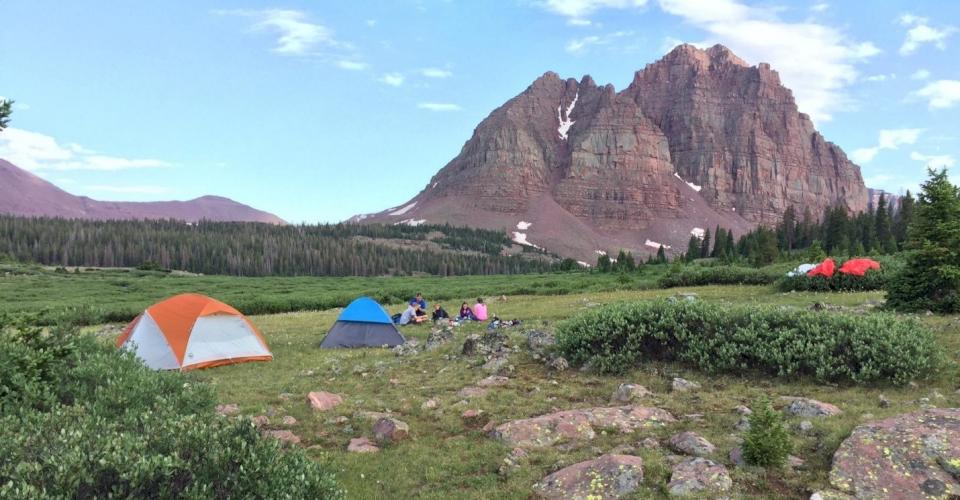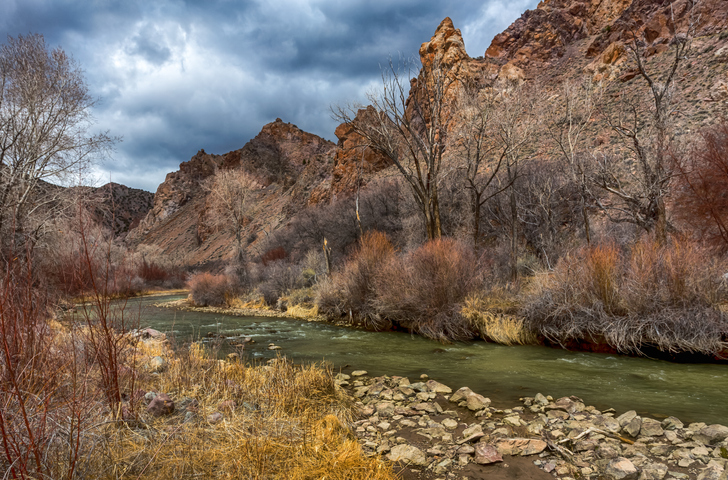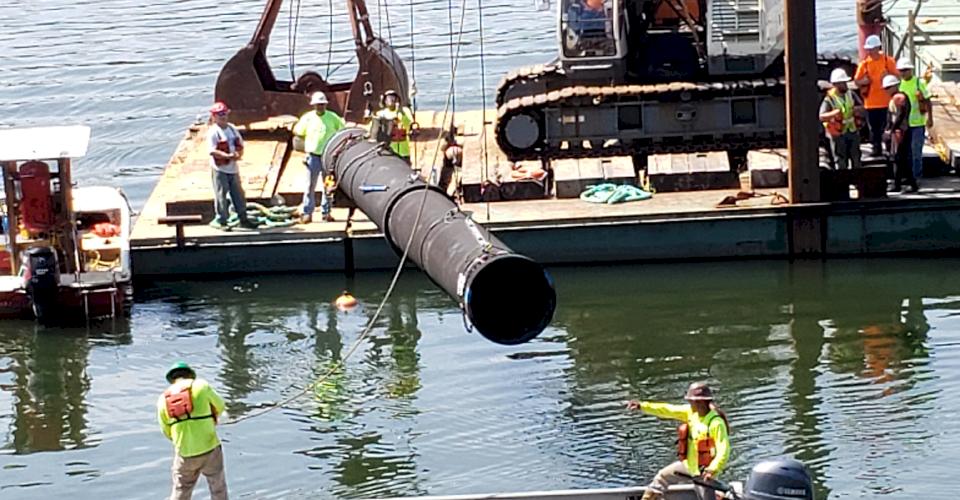Setting the Scene
Every summer, I go backpacking with my family into the Uinta Mountains of Utah. The Uinta mountain range is enormous, very remote, and extremely beautiful. One of the most scenic areas in the entire range is called Red Castle. In this area of the Uintas rises a towering red monolith with peaks that reach straight into the sky, hence the name. Getting there requires a grueling 10-mile trek, but the beauty and serenity are well worth the effort.
To this day, my daughters still claim the best meal they ever experienced was while they sat on the ground at the base of Red Castle, huddled around a reconstituted chili and macaroni gruel served out of a foil pouch. They had given it their all that day to reach our campsite, and that chili-mac tasted better than anything they had ever eaten before.
Introducing Our Main Character, Water
We were camped near the very top of the mountain range. To reconstitute our chili-mac, we had to filter water from a nearby stream. The stream was fast, clear, and frigid. From high atop the mountain, that stream had just begun its journey.
Because I work in the water industry, I took particular notice of the stream and our surroundings. I commented to my daughters, “This is where the water begins. It starts in the mountains. As the snow melts and forms a stream, the water starts its long journey down to a lake, or a reservoir, or a water treatment facility, and eventually to someone’s water tap where they are provided with clean, safe drinking water.”
What Would Water Say If It Could Speak?
I then asked my daughters, “If water could talk, what would it say as it began its journey? What would it say as its journey came to an end? What stories it could tell!” My daughters turned to each other and gave the usual look of, “Oh, no, Dad’s got water on the brain again." Still, they dutifully continued to listen and engage in conversation as we finished our meal.
How Does the Water Find Its Way to Us?
The water that originates from that simple mountain stream will eventually enter some very complicated water systems. As the water flows downhill, it generates a lot of pressure in a pipeline. The best pipeline material to install for this purpose is Ductile iron (DI) because it is best qualified to handle high pressures and large capacity.
The water will be utilized for some vital tasks. When a firefighter turns on the fire hydrant in the heat of the moment, hopefully, DI pipeline is installed to do the critical job of transporting water. DI pipe has the largest inside diameter of any pipe material. It is able to supply firefighters with the most water possible. See the video below for more info on inside diameter.
The water will require purification before coming to your house. Hopefully, it will be carried in a DI pipeline because DI pipe meets all the stringent requirements for water quality, such as UL and NSF certification. See a helpful blog on Safe Drinking Water written by my colleague, Jerry Regula, McWane Ductile Product Engineer.
Ductile iron pipe is also made from 95 percent recycled material and is 100 percent recyclable itself. It is the most environmentally friendly pipe material on the market. Using DI pipe in our water infrastructure helps ensure that places like the Unita mountains, where this water started, remain clean and pristine for generations to come.
There Are Many Chapters in The Story of Water
I recently attended the Utah Rural Water Conference. As an exhibitor, I had the opportunity to showcase Ductile iron pipe. I was one of the hundreds of exhibitors. As I looked around the convention hall, I thought back to the story I shared with my daughters of how water from a simple stream next to our favorite campsite gets to our homes.
I realized that every booth played a part in the story of water. From pipelines to polywrap, from SCADA systems to scum filters, from tanks to tapping sleeves, every item in every booth was part of the grand narrative of water. But that was just the visible portion of it. There is also the process of producing the product to transport water, moving the water, storage, pumping, purifying, measuring, and testing, and on and on.
Water’s Supporting Cast of Characters…You!
As varied and numerous as all the physical facets are, there is another vital component to the story. The characters. In every booth was at least one person. Around their neck was a name badge. These are all characters. They all have a name. They all play an essential role in getting that water from its original source to its destination and purpose.
The characters are usually the most compelling part of any story, and that is the case in the story of water. As I think about all the different characters, I recall the names of the folks I know and work with in this industry. Lane, Mike, Jan, Brad, Ryan, and so, so many others.
From engineers, public works directors, water resource managers, heavy machine operators, manufacturing workers, salespeople, water board members, contractor estimators, delivery drivers, insurance representatives, IT professionals, and more, the characters in this story are as varied and numerous as the components of the entire water system.
It's unfortunate that we are not able to attend AWWA ACE20. We look forward to interacting with you again soon!
What Is Your Role in The Story of Water?
If you are reading this, there is a good chance that you are a character in this story. What is your name? What is your role? At what point in do you enter the tale?
Are you a consumer who needs safe drinking water? Are you a doctor or nurse who needs sanitary water to treat sick patients? Are you a firefighter who needs high volumes of water on-demand? Or do you play a role in helping build and maintain our nation's water infrastructure (and beyond)?
Do you see the importance of your chapter? Do you see the functions that you perform in the story as indispensable? Because they are.
There are hundreds of facets and considerations that go into our water systems. Little did that simple mountain stream know what a grand adventure lay ahead as it made its way down the valley past our little camp high in the Uinta mountains.
So, whether you are using a cup of water to reconstitute some chili-mac, or using thousands of gallons to water a farm, think about the important part that you play in water's grand adventure. From water system installation to water conservation, recognize in yourself a job well done, and a role well-played.
Need Assistance with Your Waterworks Project?
If you have any questions or need additional information, please feel free to contact your local McWane Ductile Representative. We have team members who’ve managed small and large water utility systems, served in engineering consulting firms, and bring decades of experience in solving field issues involving pipeline construction and operation. From design to installation, we strive to provide insightful education and assistance to water professionals throughout the water and wastewater industry.
Check out all our digital offerings











